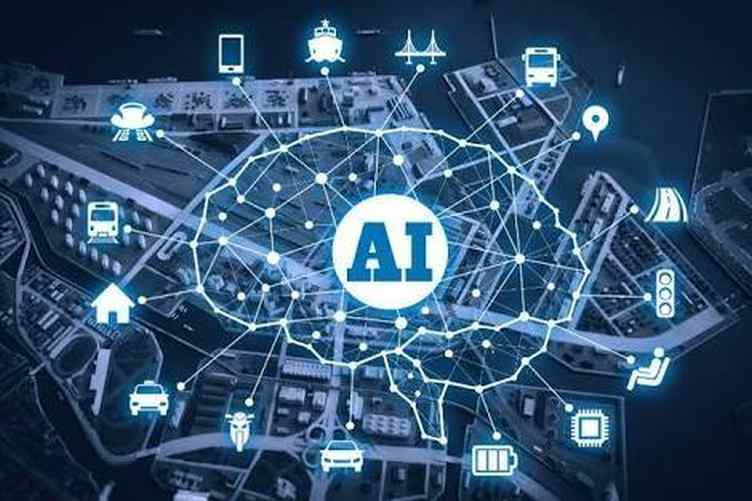Global Artificial Intelligence Business Value to Reach $1.2 Trillion in 2018

Back in December 2017, we wrote the Top 10 artificial intelligence startups of 2017 taking AI mainstream. Not only are new startups using artificial intelligence (AI) for transforming the traditional industries, they also taking AI mainstream and applying it across many industries ranging from conversational AI, speech recognition, robotics, cybersecurity, commerce to healthcare. In 2017, we witnessed the creation of exponential technologies that leverage Artificial Intelligence (AI) and Machine Learning (ML). In addition, with improvements in automation, advances in specialized AI chipset, including cheaper sensors and more powerful processors, AI is expected to overtake blockchain. A new report of analyst research firm, Gartner, now estimates the global business value derived from artificial intelligence (AI) is projected to total $1.2 trillion in 2018, an increase of 70 percent from 2017. The total is AI-derived business value is forecast to reach $3.9 trillion in 2022.
According to Gartner, the AI-derived business value forecast assesses the total business value of AI across all the enterprise vertical sectors covered by Gartner. The three sources they used for AI business value include: customer experience, new revenue, and cost reduction. “The AI business value growth shows the typical S-shaped curve pattern associated with an emerging technology. In 2018, the growth rate is estimated to be 70 percent, but it will slow down through 2022 (see Table below). After 2020, the curve will flatten, resulting in low growth through the next few years,” the report says.
“AI promises to be the most disruptive class of technologies during the next 10 years due to advances in computational power, volume, velocity and variety of data, as well as advances in deep neural networks (DNNs),” said John-David Lovelock, research vice president at Gartner. “One of the biggest aggregate sources for AI-enhanced products and services acquired by enterprises between 2017 and 2022 will be niche solutions that address one need very well. Business executives will drive investment in these products, sourced from thousands of narrowly focused, specialist suppliers with specific AI-enhanced applications.”
Forecast of Global AI-Derived Business Value (Billions of U.S. Dollars)
|
2017 |
2018 |
2019 |
2020 |
2021 |
2022 |
|
|
Business Value |
692 |
1,175 |
1,901 |
2,649 |
3,346 |
3,923 |
|
Growth (%) |
70 |
62 |
39 |
26 |
17 |
Source: Gartner (April 2018)
“In the early years of AI, customer experience (CX) is the primary source of derived business value, as organizations see value in using AI techniques to improve every customer interaction, with the goal of increasing customer growth and retention. CX is followed closely by cost reduction, as organizations look for ways to use AI to increase process efficiency to improve decision making and automate more tasks,” said Mr. Lovelock. “However, in 2021, new revenue will become the dominant source, as companies uncover business value in using AI to increase sales of existing products and services, as well as to discover opportunities for new products and services. Thus, in the long run, the business value of AI will be about new revenue possibilities.”
Breaking out the global business value derived by AI type, decision support/augmentation (such as DNNs) will represent 36 percent of the global AI-derived business value in 2018. By 2022, decision support/augmentation will have surpassed all other types of AI initiatives to account for 44 percent of global AI-derived business value.
“DNNs allow organizations to perform data mining and pattern recognition across huge datasets not otherwise readily quantified or classified, creating tools that classify complex inputs that then feed traditional programming systems. This enables algorithms for decision support/augmentation to work directly with information that formerly required a human classifier,” said Mr. Lovelock. “Such capabilities have a huge impact on the ability of organizations to automate decision and interaction processes. This new level of automation reduces costs and risks, and enables, for example, increased revenue through better microtargeting, segmentation, marketing and selling.”

